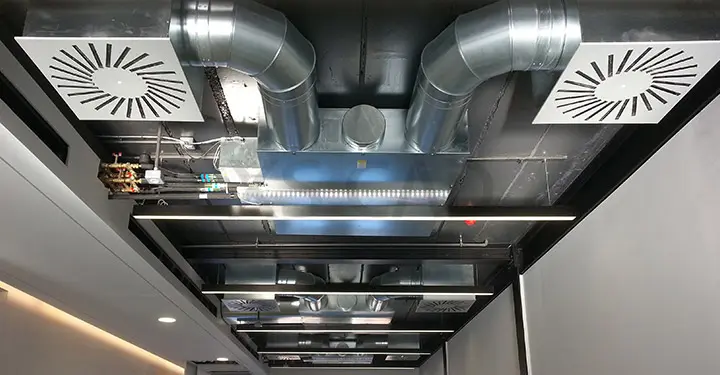Our Articles

How Hevacomp Improves Building Design
Anything and everything can be improved, and when it comes to improving building design, software tools that offer accuracy, versatility, ease and speed are sure to find popularity. Hevacomp is one such entity that has come into its own, especially in the BIM (Building Information Modelling) environment. As BIM service providers across the world strive to improve the quality of their output and add value to their services, using Hevacomp to raise the bar in building services design is fast becoming a key ingredient to the mix of software options on offer. Trusted building services design consultants will be able to exploit its many features efficiently to provide rich results.
What do these features consist of?
The main features of Hevacomp are listed according to electrical, mechanical or simulation aids, such as:
Hevacomp Electrical Designer
Hevacomp Mechanical Designer
Hevacomp Dynamic Simulation
Some of the key benefits of Hevacomp are the EnergyPlus feature, simple processes for simulations, the Building Electrical Design module and the Building Mechanical Design module.
EnergyPlus
EnergyPlus is a global standard dynamic simulation engine for precise energy and building analysis. Accurate building simulations can be generated quickly and easily while maintaining compliance with the United Kingdom’s building regulations.
Simple Processes for Simulations
A single 3D model can be used to make calculations and create complicated building simulations, thus making lengthy processes, such as re-entering data easier and faster. The model also helps create accurate energy simulations by using a weather database that covers 7,000 global locations.
Building Electrical Design Module
This module helps users design and analyse a building’s electrical systems. This module offers easy solutions and has an extensive database with source data, luminaire and protective devices, which can be used even for high-performance and complex electrical systems. The module offers capabilities to create extensive and customised reports to accurately present BIM plans. It also provides advanced lightning features that can help present the complete visibility of lighting levels on surfaces inside 3D rooms, from any angle. Designing with this module helps maintain the safety of electrical wiring in domestic, commercial and industrial buildings. This module helps create more electricity-efficient designs to save on capital investment and energy expenses.
Building Mechanical Design Module
This module helps users accurately analyse building load and make accurate energy calculations with a comprehensive calculation methodology. The module also offers a wide range of reports and tools for load calculations, duct and pipe sizing, etc.
Hevacomp can be used to accurately model a building with its several useful features.
How does it work?
Once the data is entered into the program, several calculations can be made.
For instance, programs for mechanical systems calculations include:
For the electrical system calculations, programs include:
Advantages of Using Hevacomp
The data generated requires the honed engineering interpretation skills of experienced building services design consultants, who can use the generated calculations and information to create a detailed and functional design. These reliable M&E design consultants can provide accurate MEP BIM services from any global location to help improve building design. In fact, many Western firms are turning to MEP consultants in India to deliver these design and drafting services for their high quality and cost effectiveness.
XS CAD has valuable experience as a BIM service provider, delivering MEP BIM services for MEP (M&E) contractors, M&E design consultants and fabricators. Our range of services for structural, architectural and building engineering firms, such as building services design consultants and contractors across the world, include design and drafting services, MEP drafting, MEP modelling and MEP coordination. We create these models and drawings by using Revit, AutoCAD, Hevacomp, Navisworks, and BIM 360 Design for cloud collaboration.

